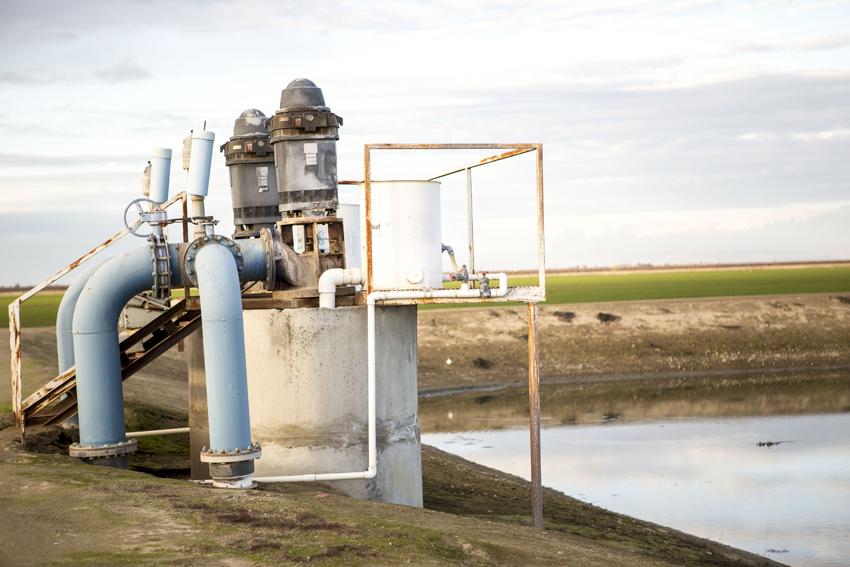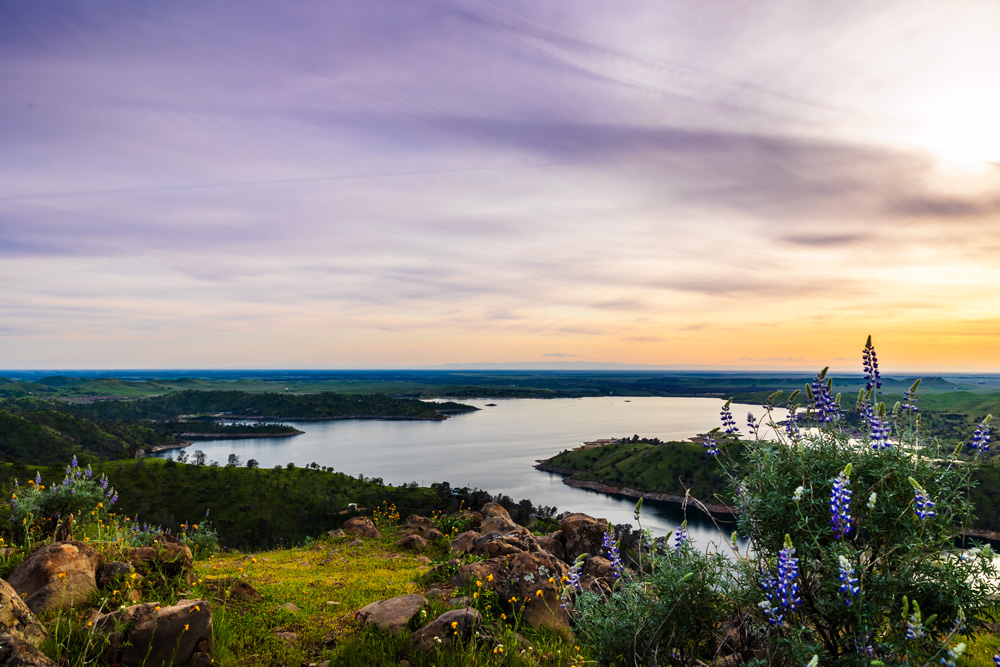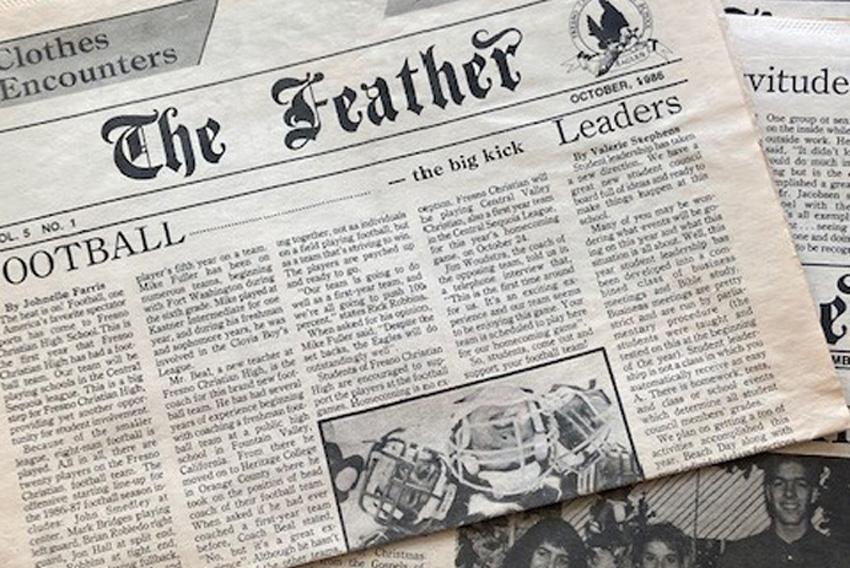Farmers share struggle with state regulations
This is the second article in a two-part series where Feather journalist Connor Jens investigates water usage in California. For the first part of Jen’s investigation, read California water restrictions impact Central Valley agriculture pt. 1.
In a current interview with local Valley farmer Mark Hutson, who gets his water from Deep Wells and Chowchilla Water District, he shares his information on future water restrictions. Hutson moves on to his thoughts about how over-pumping groundwater in California is nothing new. He believes there is a middle ground to be found in this situation.

“It was observed as far back as the 1920s,” Hutson said. “As a result, the state and federal water projects were designed and built to bring in surface water for farms and over-drafting stopped. In the late 1990s the water contracts were challenged by environmental groups and large amounts of surface water were diverted back to the rivers for the environment. Not surprisingly, over-drafting began again. This time however, more surface water will not be diverted back to the farms.
“Instead, more farmland will be fallowed,” Hutson continued. “Farmers pay for the surface water, with prices ranging from $100 to $1000 per acre foot. The water is used to grow crops which also add to the economy (tractor sales, fertilizers, payrolls etc.), but I am not sure how the economists will figure out any added value for water sent to the ocean. Only time will tell.”
Gayle Holman is the public affairs representative for Westlands Water District, which is the largest agricultural irrigation district in the United States containing 600,000 acres that extends through 70 miles of prime agriculture land in the Central Valley as well as encompassing both Fresno and Kings county. Since January 2011, Holman serves as a spokesperson for Westlands as well as being responsible for government affairs and community outreach.
More than 50,000 people live and work in the communities dependent on Westlands’ agriculture economy. Westlands produces crops that transports to stores across the nation to feed people. Among their efforts, water conservation is a top priority.
“All of our water that is delivered to our 700 family farmers is through an underground infrastructure system,” Holman said. “Basically, we have a highway of underground pipes that deliver water to all of our growers on farm and we have 1,034 miles encompassing the district that delivers water.”
Public affairs representative for Westlands Water District, Gayle Holman explains water districts and water conservation.
In the Central Valley there is no shortage of heat and Westlands provides crops that thrive in the dessert with the only issue being water supply.
“Water supply is really a hit or miss for us,” Holman said. “We receive water that originates up in Northern California. We are a public water agency in the state of California. That means we aren’t for profit. We only sell water to farmers in our district. Water is very hard to come by for us so we don’t sell anything outside the district and we only do cost recovery, which means we will only cover the operational costs of the district which is how we set our rates.”
Westlands funding comes from their growers. Farmers within Westlands pay for their water by acre foot (that they use) as well as land base payments.

At the end of each year growers must report what crops they grew and how many acres of those crops. Typically it is about 60 crops each year. Uniquely, these crops are produced and shipped across the nation for sale, not just in Fresno and Kings county which sets Westlands apart from other agencies.
Westlands does not grow anything that lacks a market. For example, almonds are the largest crop at 88,163 acres grown, whereas if one combines the two kinds of cotton grown, it’s only a little over 40,000 acres even though not too long ago the demands for cotton and almonds were switched.
“Our farmers have contracts with major food manufacturers,” Holman said. “Your contract may say you have to deliver x amount of tons of tomatoes, so you need to fulfill that regardless if you have the water or not otherwise you could lose your contract. Finding the water to grow the food you committed is everything, it’s like a businessman’s pledge, that contract, that handshake is everything. And with farming regardless of what happens you have to see it through. It really is critical and a reputation.”
California assemblymember representive Laura Friedman tweets about the passing of her AB 1668 which addresses state water efficiency.
Big news! Today, my AB 1668 passed the Assembly floor. Together w/ its companion bill, @SenateHertzberg‘s SB 606, we will dramatically improve statewide water efficiency standards so that every community can look forward to a more sustainable future. https://t.co/vsg1XVEJEP
— Laura Friedman (@laurafriedman43) May 17, 2018
Back in the 1930s construction began on the San Luis Project. This project built all of the reservoirs in the state of California and connected them through the San Luis Canal which is the California aqueduct. The aqueduct brings water from Northern California all the way down through to the southern part of the state. However, Westlands gets their water from the Central Valley Project.
“We get our water from the Central Valley Project which is the department of reclamation,” Holman said. “It brings water through the delta and once it gets to the delta it goes through a series of two different pumping plants and the water is then pumped into respective canals; for us it would be Jones Pumping Plant and the State Water Project would go through Banks Pumping Plant. ”
This may sound like an easy process, but with biological opinions protecting fish species there becomes difficulty pumping water regularly.
“The Delta Smelt is a small feeder fish that lives in the delta,” Holman said. “The pumps will move water but because the fish reside in the delta, (the delta is the fresh and salt water estuary right outside the mouth of San Francisco). All of the rivers in the state actually meet up at the delta; and so it becomes the clearing house for all the water in the state of California.”
But for the past 20-some years the delta and other aquatic life have seen a decline in health. So far the solution has been to not send water south down to farms and the people in Southern California, but instead keep water in the delta to flow out into the ocean which would increase the health of the delta, increase fish species, but it is not working.
“It hasn’t worked for over 20 years,” Holman continued. “We have had biologists that have jumped in there saying it hasn’t worked, we aren’t getting a rebound with that and we just can’t get the laws changed because laws dictate how water is going to be moved with a biological opinion and having a priority. Unfortunately we are seeing huge amounts of ocean water released every year and then less and less water going to Ag and to communities.”

Last year, was the first time in 11 years Westlands was able to receive 100% water allocation, meaning they received all the water necessary to grow food in their district. This year they only received a 50% water allocation. And in recent years, have received 0% water allocation twice. That means Valley farmers have had no water for farming twice because Westlands had been told they could provide any water. All this creates a chain reaction affecting not just the farmers but families and employees too.
“In 2014 we had 220,000 acres- we have 600,00 acres so over 1/3 of the district was empty,” Holman said. “Nobody making any money, nobody producing any food and that ripple down affect was massive; the county wasn’t generating dollars, all the businesses who depend on Ag (agriculture) weren’t generating funds, school enrollments dropped because the workers would move their families out of the area.”
Some farmers have access to groundwater and pump it up from the ground, but this is not a permanent solution. Groundwater is not the best type of water because it tends to be salty, causing the crops to appear burned which also negatively affects their growth.
“The growers (in 2014) were pumping 655,000 acres of groundwater,” Holman said. “And so it was really a frustrating time. Our water was running at over 1,000 dollars an acre foot, our farmers couldn’t afford it. And the ones who said they would go out and find their own were hearing over 2,000 dollars an acre foot, creating the scenario very detrimental.”
“The bottom line is we depend on water,” Holman continued. “Water isn’t just for crops, it’s for livelihood, economic productivity and it’s for future generations.”
Gayle Holman is now accepting a position working in Fresno at Community Medical Centers as the new public affairs project manager.
Tune into PBS on Wednesday, Oct. 31, at 7 p.m. and watch “Valley’s Gold” which features Gayle Holman discussing similar topics as in this interview.
For more information on Westlands Water District or to learn more about what this article consists of, all information can be found on https://wwd.ca.gov/.
For the first part of the article, read California water restrictions impact Central Valley agriculture.
For more on the California water issue, read EDITORIAL: California on the edge of another drought. For more articles, read Space archaeology: discovering and reshaping history.





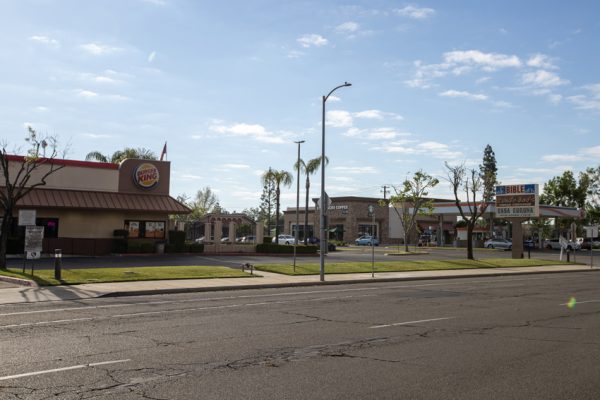




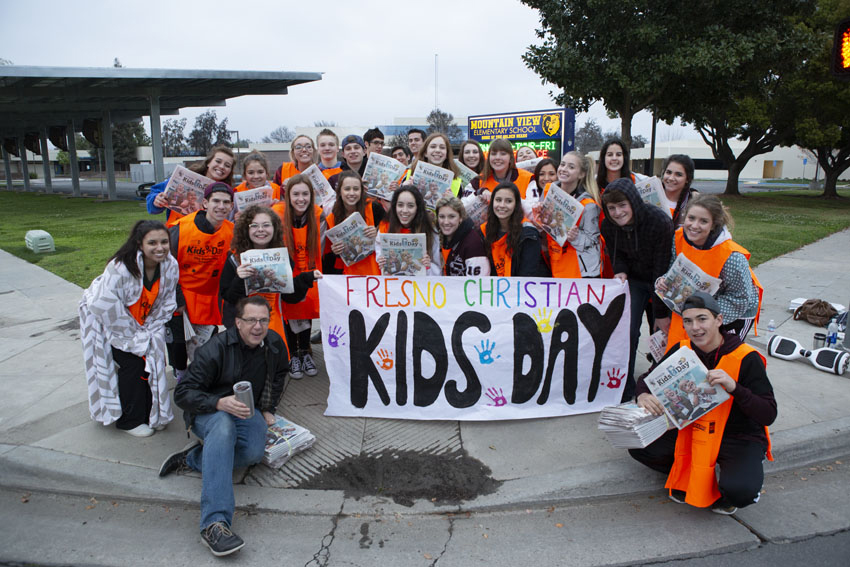
![[Video] 100th CSPA Spring Journalism Conference](https://thefeather.com/wp-content/uploads/2024/04/20240308-cspa-crown-002.jpg)
